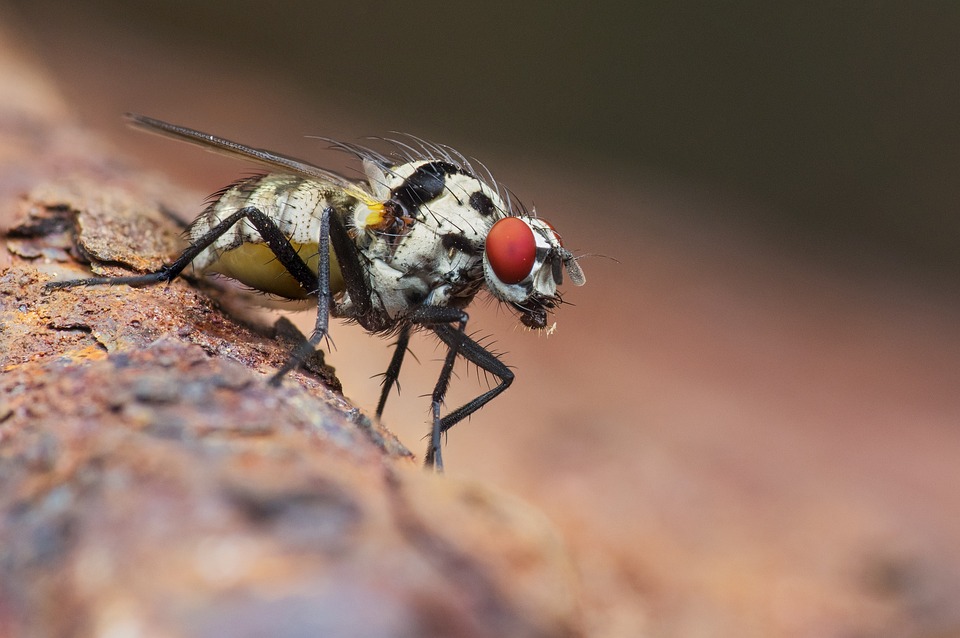As the weather warms up and outdoor activities become a staple of family life, parents often face a unique challenge: protecting their children from pesky insects. Mosquitoes, ticks, and other bugs not only pose a nuisance but can also transmit diseases. Finding effective bug repellents that are safe for children is crucial. In this guide, we explore safe spray solutions for bug protection, ensuring your kids can enjoy the great outdoors without unnecessary risk.
Understanding the Risks
Before diving into protective solutions, it’s essential to understand the potential risks that certain insects pose. Mosquitoes, for instance, can transmit diseases such as West Nile virus and Zika virus, while ticks are notorious carriers of Lyme disease. Young children are particularly vulnerable due to their smaller size and undeveloped immune systems, making effective bug protection paramount.
How Bug Sprays Work
Most insect repellents work by using specific active ingredients that disrupt the insect’s ability to sense humans. The most common ingredients in insect repellents include:
-
DEET (N,N-diethyl-meta-toluamide): This is one of the most widely used insect repellents and is effective against various insects, including mosquitoes and ticks. However, concerns arise regarding its application on young skin.
-
Picaridin: A synthetic compound that mimics the chemical compound found in black pepper, picaridin is effective against mosquitoes and is often better tolerated than DEET.
-
Oil of Lemon Eucalyptus (OLE): This natural repellent contains a compound called PMD, which has been found to be effective against mosquitoes. Note that OLE is not recommended for children under three years old.
- IR3535: This is a bio-technology insect repellent that is considered safe for children and offers similar effectiveness to DEET and picaridin.
When choosing a bug spray, it’s crucial to read the labels and ensure that the product’s active ingredients are appropriate for your child’s age and skin type.
Safe Bug Spray Solutions for Kids
Formulations for Young Children
-
Natural Alternatives: Look for bug repellents that use natural essential oils such as citronella, lavender, peppermint, or tea tree oil. Make sure they are specifically formulated for children, as concentration levels will be appropriate for sensitive skin.
-
Low DEET Options: For older children (those over two months), consider formulations with lower DEET concentrations (10-30%). DEET products in this range are generally considered safe for occasional use while providing adequate protection for outdoor activities.
-
Picaridin: As another safe alternative, picaridin formulations are suitable for children older than two months and are less likely to irritate the skin.
- Wearable Devices: Some parents opt for wearable devices that emit insect-repelling sounds or release essential oils into the air. While these alternatives provide an additional layer of protection, they should be used in conjunction with sprays for effective coverage.
Application Tips
-
Conduct a Patch Test: Before applying any new repellent, test a small amount on your child’s skin to ensure there is no allergic reaction.
-
Apply Sparingly: Use just enough repellent to cover exposed skin. Avoid applying it under clothing, around the eyes, or mouth.
-
Reapply Wisely: Check the product instructions for how often to reapply, especially after swimming or sweating.
- Wash Off After Use: Ensure you wash off the repellent with soap and water once returning indoors. This helps avoid prolonged skin exposure.
Additional Protective Measures
While bug spray is essential, it should not be the only line of defense against insect bites. Here are some other effective measures parents can take:
-
Dress Appropriately: Have children wear long sleeves and pants when venturing into heavily infested areas. Light-colored clothing can also make it easier to spot ticks or mosquitos.
-
Create a Bug-Free Zone: Set up outdoor play areas away from standing water and dense foliage, where mosquitoes and ticks thrive.
-
Utilize Mosquito Nets: In areas with high bug activity, consider using mosquito nets over strollers or play areas.
- Stay Aware of Peak Hours: Mosquitoes are most active during dawn and dusk. Planning outdoor activities outside of these times can reduce exposure.
Conclusion
Ensuring your child’s safety from bugs doesn’t have to be overwhelming. By choosing the right safe spray solutions and adopting preventive measures, you can create a comfortable and enjoyable outdoor experience for your family. Balance is key—combine effective insect repellent with protective clothing and environmental considerations to keep those pesky bugs at bay. Happy exploring!
